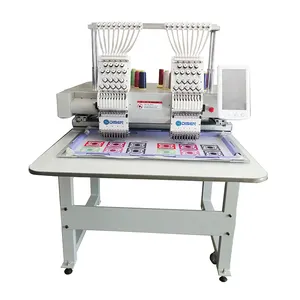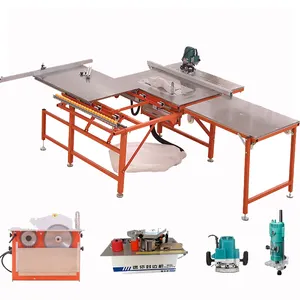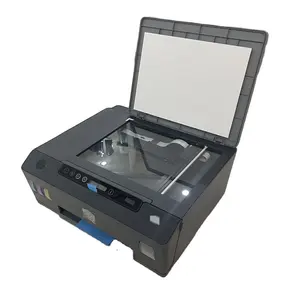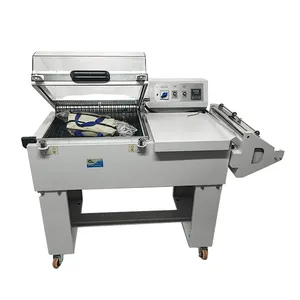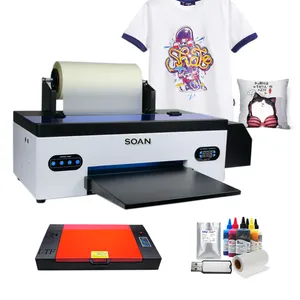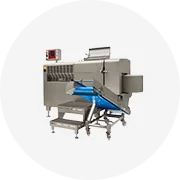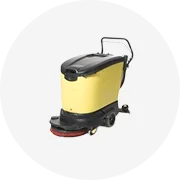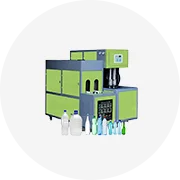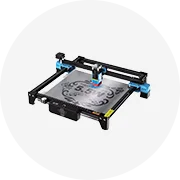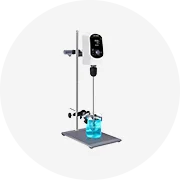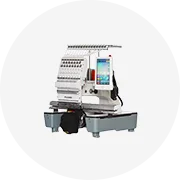Popular in your industry




























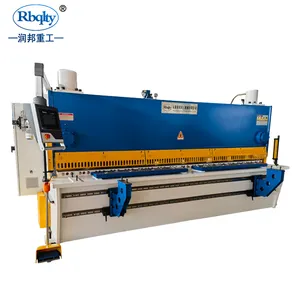













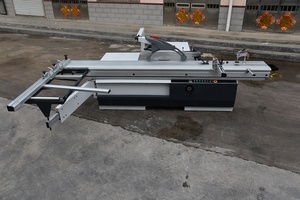


























Related Searches:














































































Top categories
About electric precise cutting machine
Browse wholesale electric precise cutting machine at Alibaba.com. Find the fitting machines you’re looking for. If you work in the construction industry, hardware, automobile, among other industries, pipe cutting solutions will prove to be very helpful to you. Wholesalers from China provide you with a wide variety of electric precise cutting machine options. You can choose between the fully automatic and the semi-automatic machine. Plus, you can also choose either machines with laser technology or those with blade cutters. Larger industries can benefit from the large, fully automatic machines, which have higher production capacity. These electric precise cutting machine require three-phase power since they consume a lot of power. They can weigh from 1,600kg to 5,000kg.
Fully automatic machines have automated pipe loading and water cooling systems. Operation is done using either PLC or CNC control systems. Unlike the manual ones, computer-operated electric precise cutting machine can be used to cut any shapes out of pipes. Cutting thickness is usually 5, 10, or 20mm depending on the specific machine. Cutting diameter can range from 6 to 150mm, and 220mm for larger machines. Laser-powered machines have laser powers around 1,000w. A electric precise cutting machine that use blades (compatible with blade sizes of 250mm to 450mm). Cutting speed for these machines goes up to 8,000mm/s. electric precise cutting machine cuts various metals, including copper, stainless steel, carbon steel, aluminum alloy, and iron pipes. These pipes can be round or squire, solid, or else, hollow.
Smaller electric precise cutting machine products consume less power and can be used in a two-phase power line. They weigh from 100kg to 300kg, and most are semi-automatic. Their cutting blades rotate at speeds of 60 to 120RPM. Motor power varies between 1kw to 3kw. Once you buy a electric precise cutting machine from Chinese wholesalers, you’ll get after-sales services, including spare parts, installation, online support, and maintenance. Visit Alibaba.com and make your choice today.
